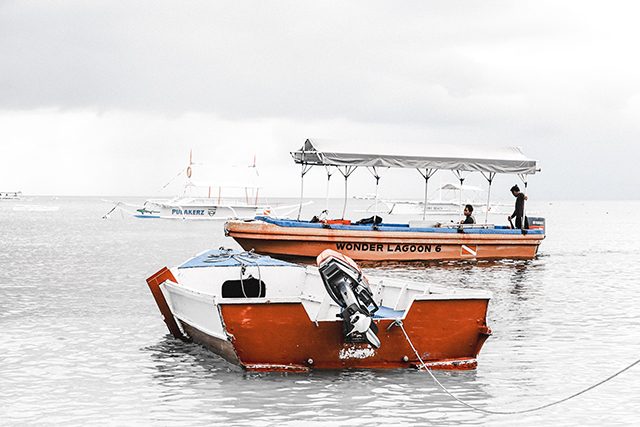A new species of shipworm or a clam with a worm-like body found in Bohol was introduced by a group of scientists this week.
What’s interesting is this marine species Lithoredo abatanica eats rocks, rather than the wood diet of other shipworm species.
According to The New York Times, this discovery was reported in the research journal “Proceeding of the Royal Society B” recently but scientists have already spotted the shipworm several years ago.
For the WTF! file: A Philippine river creature that eats stone and secretes sand. https://t.co/nAIlD1gS8Y
— Floyd Whaley (@FloydWhaley) June 19, 2019
When they’ve heard of a “mysterious” shipworm here, the French National Museum of Natural History organized an expedition with scientists Reuben Shipway and Daniel Distel of Northeastern University.
Shipway and Distel were also members of the Philippine Mollusk Symbiont International Collaborative Biodiversity Group.
The researchers found the shipworms at the bottom of the Abatan River in Bohol Island.
After obtaining the marine creatures, they performed various tests on them and learned something unique about L. abatanica.
Veronique Greenwood, author of the article, detailed the scientists’ findings:
“The cecum, a large organ used in digesting wood that is common across shipworms, was missing in the new species. The shipworms’ guts, however, were full of fragments of stone, which chemical analysis showed to be the same stone that the animals were living in. What came out was stone, too.”
Other types of shipworms which are locally known as talikom normally use their shells for chewing ship bottoms, docks and other types of submerged wood.
While they have been a delicacy in provinces in the country, their eating habits were a burden to mariners in other parts of the world.
The wood-eating shipworms have symbiotic bacteria in their gills that help digest pulverized wood.
The new species, however, have a different kind of digesting organ which the researchers have yet to understand.
“It’s already looking very, very interesting. What we can say is that the bacteria we find in the gills are not related to the bacteria we’ve found in any other shipworm to date,” Distel said.
Shipworms in the Philippines
In 2017, Distel’s team discovered a rare giant shipworm that reached up to 1.55 meters in length and 6 centimeters in diameter.
The giant shipworm spent its life inside a hard shell while submerged in mud.
Distel’s team named it Kuphus polythamia. Their findings were published in the Proceedings of the National Academy of Sciences of the United States of America.
In 2018, Distel and Shipway discovered another shipworm species and named it Tamilokus mabinia.
One of the species’ unique features is its globular stomach and crystalline style, a hard internal appendage for grinding food.










